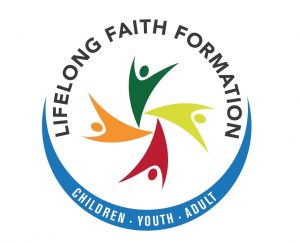Sermon Excerpt
I grew up in the church. More specifically, I was raised in the Presbyterian Church. As a child, I knew that there was one big hurdle between where I was and the world my parents and other adults inhabited: confirmation.
In order to become a member, I had to complete a lengthy educational experience led by a rather intimidating woman: The Rev. Dr. Elizabeth Johnson Pense. It didn’t seem fair to me that she taught religion to university students during the week before teaching junior high students about whatever it was one needed to know to get confirmed on weekends. At twelve years of age, I did not feel ready for any class led by a college professor – especially not one that met in the church library and included lectures on the Christian history or Presbyterian polity.
While the class was challenging, it was also interesting. I can’t recall everything I learned, but I do remember a few things from the experience:
- my teacher wasn’t as terrifying as I expected;
- Christianity was a far more diverse religion than I ever imagined; and
- Presbyterians pay close attention to three books: the Bible, the Book of Order, and the Book of Confessions.
If I skip ahead a few decades . . . (read the full manuscript)
So What?
While many congregations do an excellent job of intentional faith formation for children and youth, participation levels and the quality of offerings often decline after confirmation. Since the journey of faith lasts a lifetime, it is essential that congregations consider intentional faith formation a critical part of their mission, and offer multiple enrichment opportunities for people of all ages.
- Is intentional faith formation a critical part of your congregation’s mission? Are appropriate levels of human, physical and financial resources allocated to such?
- At this stage on your own journey of faith, what types of education/discipleship offerings would most interest you? What do you think you would benefit from (whether or not you would be extremely interested in such)?
